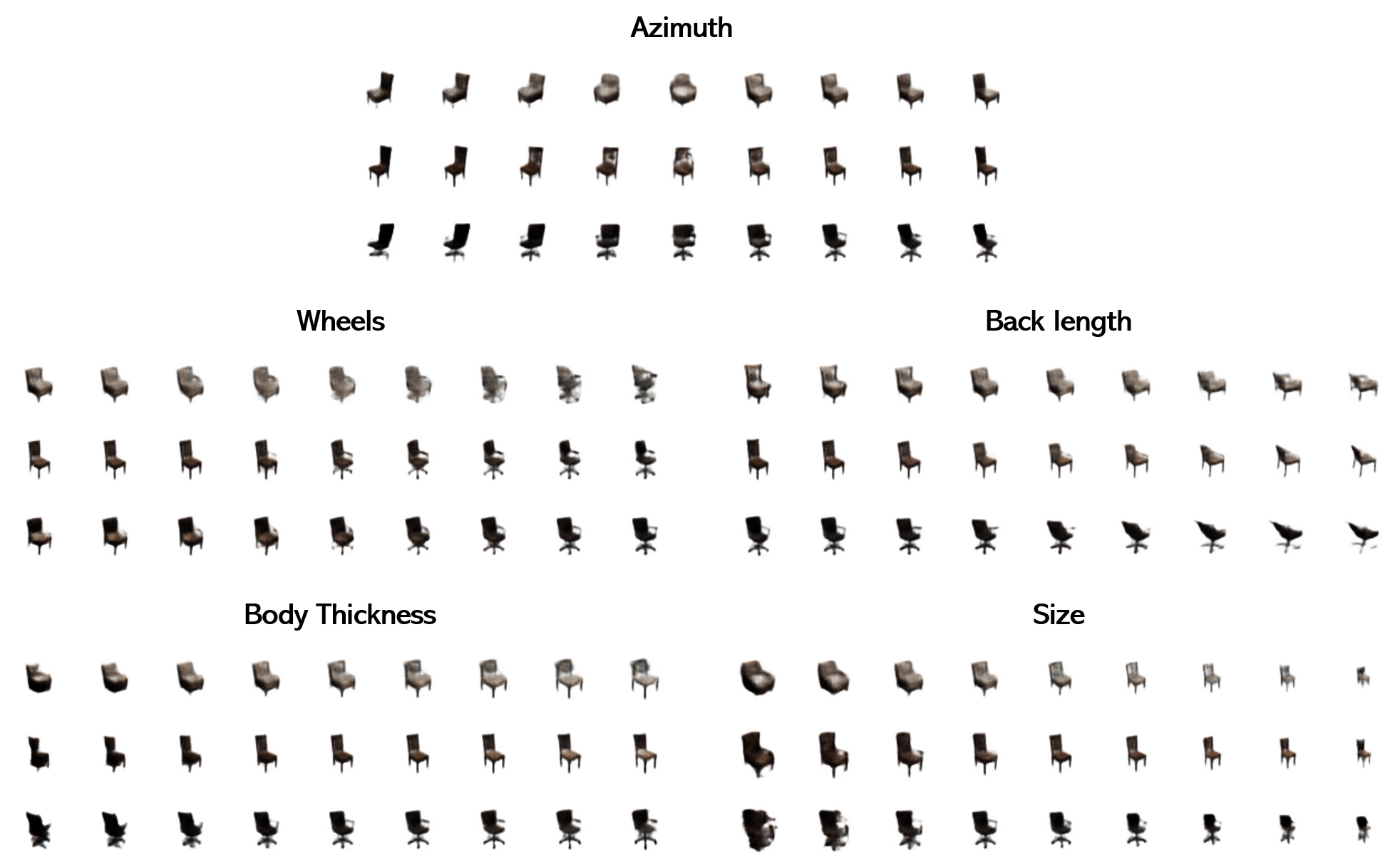Pytorch implementation of FactorVAE proposed in Disentangling by Factorising, Kim et al.(http://arxiv.org/abs/1802.05983)
python 3.6.4
pytorch 0.4.0 (or check pytorch-0.3.1 branch for pytorch 0.3.1)
visdom
tqdm
- 2D Shapes(dsprites) Dataset
sh scripts/prepare_data.sh dsprites
- 3D Chairs Dataset
sh scripts/prepare_data.sh 3DChairs
- CelebA Dataset(download)
# first download img_align_celeba.zip and put in data directory like below
└── data
└── img_align_celeba.zip
# then run scrip file
sh scripts/prepare_data.sh CelebA
then data directory structure will be like below
.
└── data
└── dsprites-dataset
└── dsprites_ndarray_co1sh3sc6or40x32y32_64x64.npz
├── 3DChairs
└── images
├── 1_xxx.png
├── 2_xxx.png
├── ...
├── CelebA
└── img_align_celeba
├── 000001.jpg
├── 000002.jpg
├── ...
└── 202599.jpg
└── ...
NOTE: I recommend to preprocess image files(e.g. resizing) BEFORE training and avoid preprocessing on-the-fly.
initialize visdom
python -m visdom.server
you can reproduce results below as follows
e.g.
sh scripts/run_celeba.sh $RUN_NAME
sh scripts/run_dsprites_gamma6p4.sh $RUN_NAME
sh scripts/run_dsprites_gamma10.sh $RUN_NAME
sh scripts/run_3dchairs.sh $RUN_NAME
or you can run your own experiments by setting parameters manually
e.g.
python main.py --name run_celeba --dataset celeba --gamma 6.4 --lr_VAE 1e-4 --lr_D 5e-5 --z_dim 10 ...
check training process on the visdom server
localhost:8097
- Disentangling by Factorising, Kim et al.(http://arxiv.org/abs/1802.05983)
















